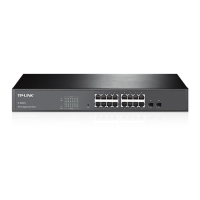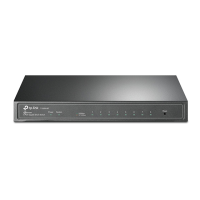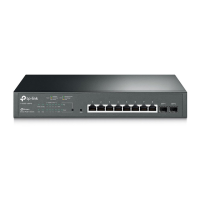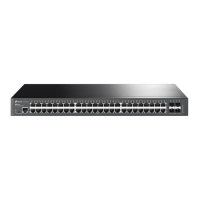214
The following entries are displayed on this screen:
Enter the IP address of the authentication server.
Enter the IP address of the alternate authentication server.
Set the UDP port of authentication server(s). The default port is
Select to modify the authentication key.
for the switch and the authentication
servers to exchange messages.
Enable/Disable the accounting feature.
Enter the IP address of the accounting server.
Enter the IP address of the alternate accounting server.
Set the UDP port of accounting server(s). The default port is 1813.
Select to modify the accounting key.
Set the shared password for the switch and the accounting
servers to exchange messages.
Note:
1. The 802.1X function takes effect only when it is enabled globally on the switch and for the port.
2. The 802.1X function cannot be enabled for LAG member ports. That is, the port with 802.1X
function enabled cannot be added to the LAG.
3. The 802.1X function should not be enabled for the port connected to the authentication server.
In addition, the authentication parameters of the switch and the authentication server should
be the same.
Configuration Procedure:
Step Operation Description
1 Connect an au
thentication
server to the switch and do
Required. Record the information of the client in the LAN to
the authentication server and configure the corresponding
authentication username and password for the client.
2 Install the 802.1X client
software.
Required. For the client computers, you are required to
install the TP-LINK 802.1X Client
Please refer to the software guide
in the same directory with
the software for more information.
3
Required. By default, the global 802.1X function is disabled.
On the Network Security→802.1X→Global Config
configure the 802.1X function globally.
4
Configure the parameters of
the authentication server
Required. On the Network Security→802.1X→RADIUS
Config page, configure the parameters of the server.
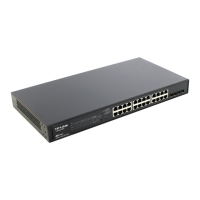
